Hibiscus coulteri, Desert Rosemallow
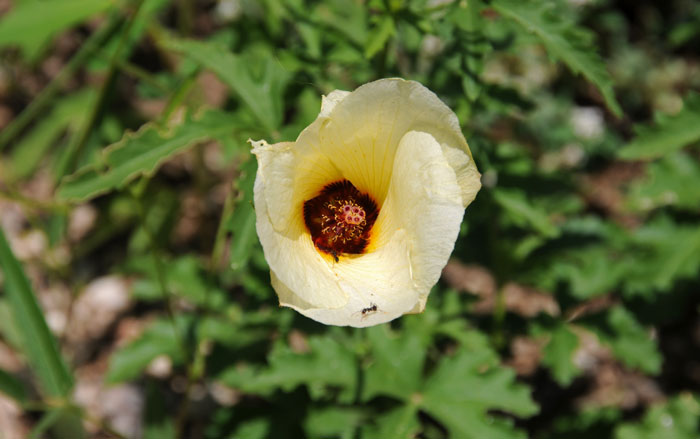
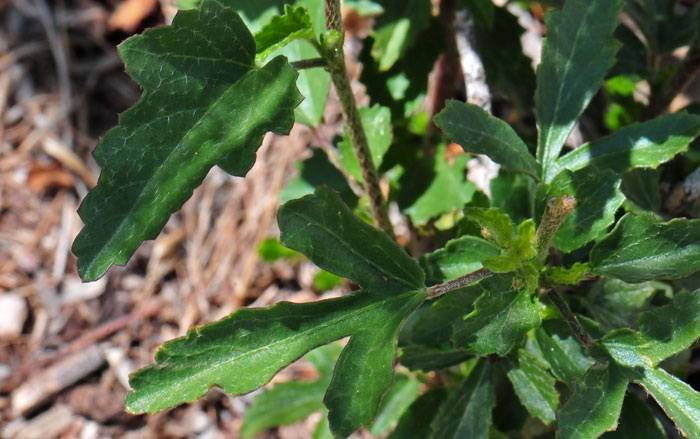
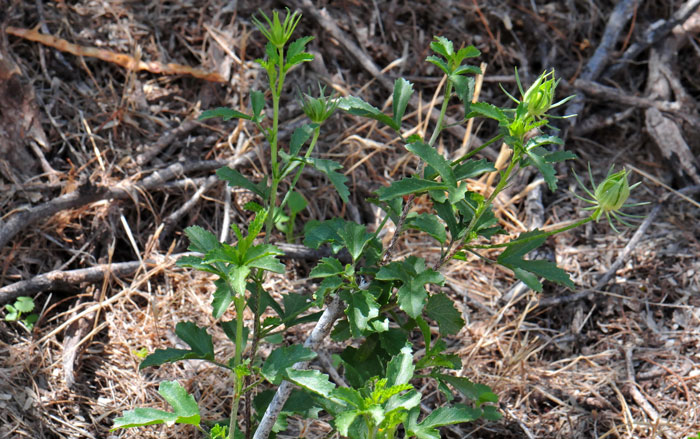
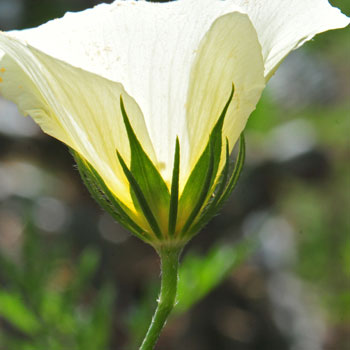
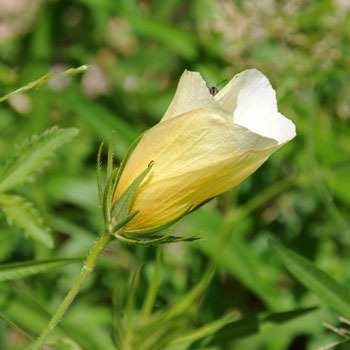
Scientific Name: Hibiscus coulteri
Common Name: Desert Rosemallow
Also Called: Coulter Hibiscus, Desert Hibiscus and Desert Rose Mallow; (Spanish: Tulipán, Hibisco)
Family: Malvaceae, Globe Mallow Family
Synonyms: (Hibiscus coulteri var. brevipedunculatus)
Status: Native
Duration: Perennial
Size: Up to 4 feet or more, 2 or 3 feet wide.
Growth Form: Shrub, subshrub; slender erect straggling, stems with pubescence.
Leaves: Green; alternate, 3 lobed, margins dentate.
Flower Color: Yellow, cream with red or maroon centers; large showy 2 inch flowers, 5 petals, note the linear bracts in the photos above, fruit a capsule.
Flowering Season: March through November; throughout the year with sufficient rainfall.
Elevation: 1,500 to 4,500 feet.
Habitat Preferences: Rocky slopes and sides of canyons.
Recorded Range: A relatively rare semi-tropical plant in the United States, Desert Rosemallow is found only in the S½ of Arizona, Otero Co. New Mexico and SW Texas. It is also native to Baja California and northern Mexico.
North America & US County Distribution Map for Hibiscus coulteri.
U.S. Weed Information: No information available.
Invasive/Noxious Weed Information: No information available.
Wetland Indicator: No information available.
Threatened/Endangered Information: No information available.
Comments: Desert Rosemallow is a beautiful native hibiscus closely related to the widely grown ornamental Chinese Hibiscus, Hibiscus rosa-sinensis, which is popular throughout the tropics and sub-tropics.
This handsome plant becomes almost inconspicuous after the flowers and foliage drop.

